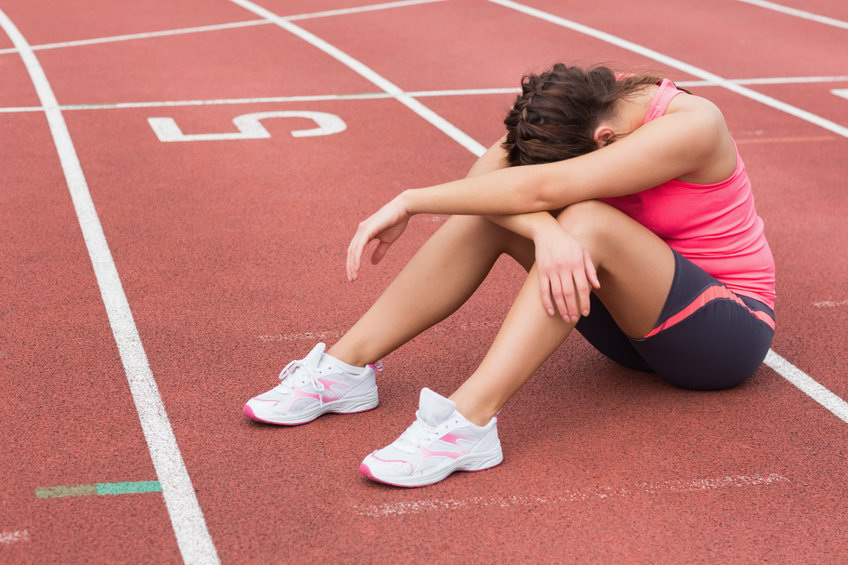How Much Exercise Is Too Much?
Engaging in regular exercise throughout the week is a good way to stay healthy and in shape. When done correctly, staying active can boost heart health, improve mood, and even aid in weight loss if a person desires to do so. But sometimes, people can have too much of a good thing, including working out. In some cases, working out too aggressively can cause injuries such as sprains, strains, and pulled muscles from overuse. And for women, in particular, exercising too much can even cause irregular or missed periods, a condition known as amenorrhea.

What is amenorrhea?
Amenorrhea is when a woman doesn’t menstruate. There are 2 forms of amenorrhea, primary and secondary. Primary amenorrhea is seen in young girls 15 or older who have yet to begin menstruation or getting periods. Secondary amenorrhea is when a woman who was previously menstruating misses three or more consecutive periods. Some causes for secondary amenorrhea are normal and shouldn’t cause alarm, such as pregnancy, breastfeeding, taking birth control, and menopause. But lifestyle-induced amenorrhea, like excessive exercise, can be a problem.
Is over-exercising an issue?
Missed periods in female athletes are common. Often a combination of factors can cause amenorrhea. Specifically, having low body fat, experiencing sustained stress, and engaging in activities that require extensive energy output can create a trifecta that causes the body to shift into what’s known as a starvation state. Even when eating a healthy and balanced diet, if the energy being exerted exceeds energy being consumed, the body pauses all non-essential activities, including the reproductive system.
Is amenorrhea bad?
Assuming a woman isn’t pregnant, breastfeeding, or entering menopause, not getting a period signifies that something is amiss in the body. In particular, research has shown that, especially with female athletes, amenorrhea correlates with bone mineral density and overall cardiovascular health. In some cases, women can experience endothelial dysfunction or have high cholesterol. Persistent amenorrhea can increase a woman’s chances of bone stress injuries or an earlier diagnosis of osteoporosis or osteopenia.
Watch for menstrual cycle changes
For female athletes or even vigorous exercisers, being aware and proactive of symptoms associated with amenorrhea is essential for taking a proactive stance at preventing the condition from developing. Any signs of change in a period such as a longer menstrual cycle or a change in flow and length of periods, should be noted. Keep in mind that the average menstrual cycle length ranges from 26-36 days.
Other signs of amenorrhea and the outlook
Other signs that an athletic woman might be headed towards amenorrhea include constantly feeling cold or seeing a dip in resting heart rate. While amenorrhea can create health and fertility complications, the condition can be reversed and exercise can even be resumed. Women diagnosed with this condition should work with an OB/GYN to create an approach to recovery. In some cases, consulting a mental help professional can aid in managing contributing factors such as eating disorders or stress management.
